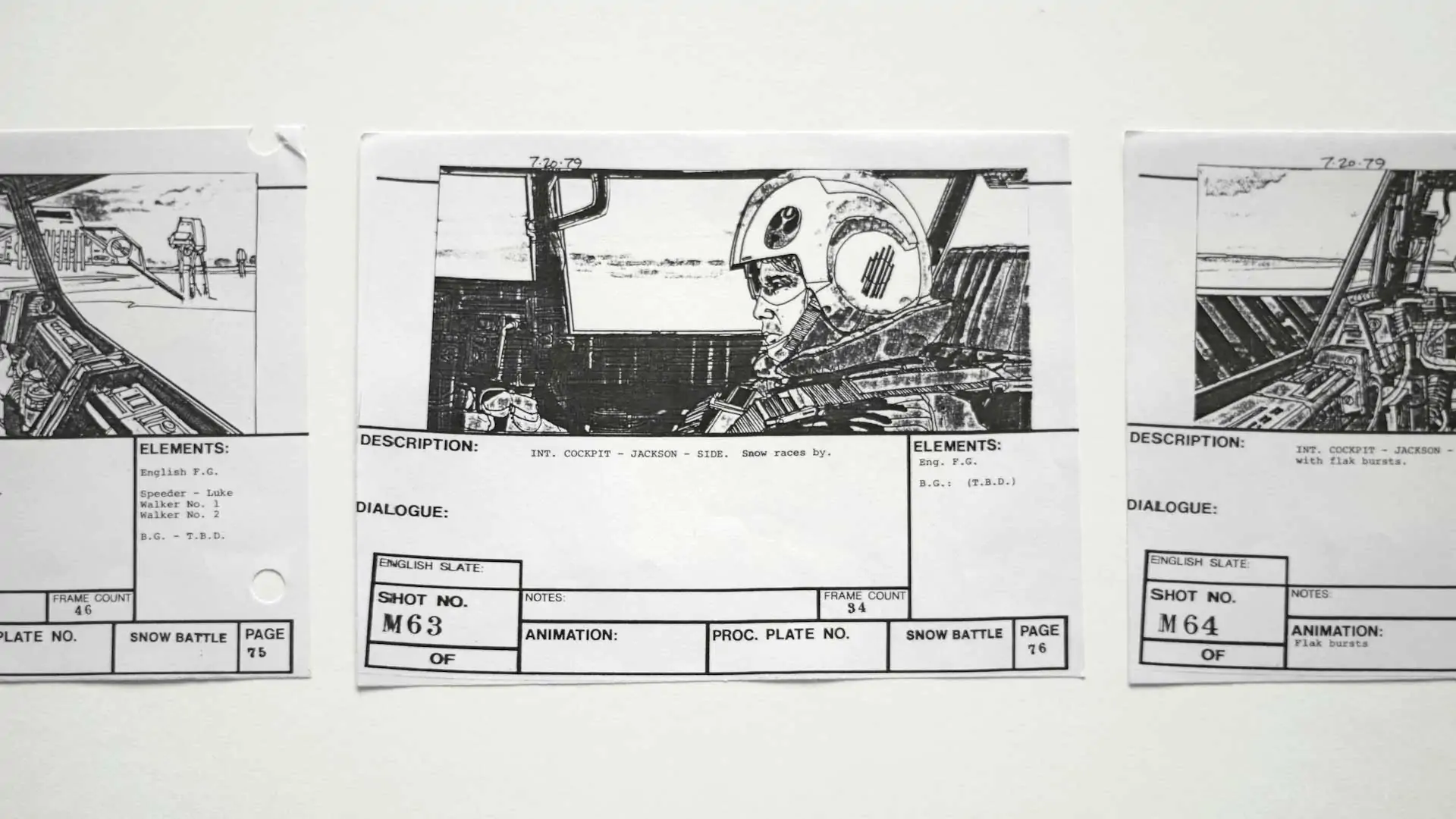
The Non-Profit’s Guide to Powerful Video Production in 2025
Strategies for Storytelling & Impact
In the digital age, a compelling story is your most valuable currency. For non-profit organizations, this isn’t just a marketing strategy; it’s a mission-critical tool for driving awareness, fostering trust, and inspiring action. With video content dominating how people consume information, harnessing its power is no longer optional—it’s essential.
This guide explores the key strategies, trends, and considerations for non-profit video production in 2025, helping you create content that resonates deeply and drives tangible results for your cause.
Why Video is a Non-Profit Powerhouse
The statistics speak for themselves. Campaigns that use video receive 114% more donations than those without, and websites with video content see 41% more web traffic from search engines . But beyond the numbers, video’s true power lies in its ability to forge an emotional connection that text and images alone cannot achieve.
It transforms abstract statistics into human stories, allowing potential donors and volunteers to see the direct impact of their support. Whether it’s a beneficiary sharing their journey or a behind-the-scenes look at your work, video builds transparency and trust—the foundation of any successful non-profit relationship .
Crafting Your Video Strategy: Goals Before Cameras
Before you hit record, the most crucial step is defining your objective. A video without a clear goal is like a ship without a rudder. Your strategy should be built by working backwards from the action you want viewers to take.
-
- Awareness & Education: Are you introducing a new issue or explaining your mission? Focus on clear, digestible information and hook viewers quickly.
- Fundraising: These videos need to build an emotional arc, taking the viewer on a journey from understanding a problem to seeing your solution and feeling compelled to be part of it .
- Volunteer Recruitment: Showcase the energy, community, and tangible impact of your volunteers’ work. Make viewers feel like they are missing out on a rewarding experience.
- Advocacy & Change: Aim to mobilize supporters around a cause, encouraging them to sign petitions or participate in campaigns .
- Aligning your video’s length and distribution platform with this goal is key. For instance, a fundraising video might be a robust 2-3 minutes on your website, while a call-to-action for an event would be best as a 30-second Instagram Reel .
2025 Trends: Authenticity, Platform Intelligence, and Mobile-First
The digital landscape is always shifting. Staying ahead of these trends will ensure your content gets seen and felt.
-
- The Demand for Authenticity: Donors are increasingly savvy and value genuine connection over polished perfection. “Authenticity in Digital Communications Will Matter More Than Ever” . This means showcasing real stories from real people—your staff, volunteers, and beneficiaries. Authentic, user-generated content can sometimes be more effective than a high-budget ad.
- Platform-Specific Content: The “one video, all platforms” approach is ineffective. You must tailor your content:
- TikTok/Instagram Reels: 15-30 seconds, vertical, with bold text and a hook in the first 3 seconds.
- YouTube: Allows for longer-form content (2-3 minutes for appeals, up to 30 minutes for documentaries) if the value is maintained throughout.
- Website/Email: Where you have your most captive audience; videos here can be longer (90 seconds to 3 minutes) to tell a more complete story .
- Mobile-First Design: With over 80% of videos watched on mobile devices, your content must be designed for a small screen. This means using large, readable text, framing shots tightly, and ensuring the story is clear even with the sound off .
A Toronto Video Production Company’s Approach to the Process
Partnering with a experienced Toronto video production company can streamline the entire journey from concept to delivery. A professional team typically manages three core stages :
-
- Pre-Production: This is the planning phase. It includes concept development, scriptwriting, storyboarding, and logistics. A good agency will work closely with you to understand your goals and key messages, turning them into a actionable plan.
- Production: This is the shoot itself. Professional crews come equipped with high-quality cameras, lighting, and sound equipment to capture your story beautifully and clearly. This is where your planning comes to life.
- Post-Production: Here, the raw footage is crafted into a powerful narrative. Editors assemble the story, colorists enhance the mood, motion graphics artists add data and titles, and sound designers ensure everything is crisp and clear.
- Many non-profit video production agencies, especially those in Toronto, offer flexible models to accommodate budgetary constraints, including discounts, value-adds, or even pro-bono work for causes they believe in .
Budgeting for Impact: Maximizing Your Investment
Cost is often a primary concern. A professional video project can range from a few thousand dollars for a simple testimonial to tens of thousands for a multi-day broadcast commercial shoot .
The key is to view video not as an expense, but as an investment. A well-produced video is an asset that can be repurposed across multiple platforms for years. A single shoot can yield:
-
- A full-length fundraising video for your website.
- Several 30-second social media clips.
- B-roll footage for future presentations and news segments.
- Still frames for use in print materials and email headers.
When discussing your project with a Toronto video production company, be transparent about your budget. They can often suggest creative ways to maximize your investment and achieve your goals without compromising on quality .
How to Choose the Right Production Partner
Not all agencies are created equal. When selecting a partner for your non-profit video production, look for:
-
- A Strong Portfolio: Do their past videos resonate with you? Do they have experience in the non-profit sector?
- A Process-Oriented Approach: Do they have a clear strategy for pre-production, production, and post-production?
- Cultural Alignment: Your partner should be passionate about your mission. They will be telling your story; they need to understand and believe in it.
- Transparency: Are they clear about costs, timelines, and what is included in their packages?
The right partner functions as an extension of your team, dedicated to amplifying your mission and helping you make a lasting difference
By
Gokan Akyaz
Creative Director
Book Your Strategy Session Now!
647.242.1820 Or send us a message




